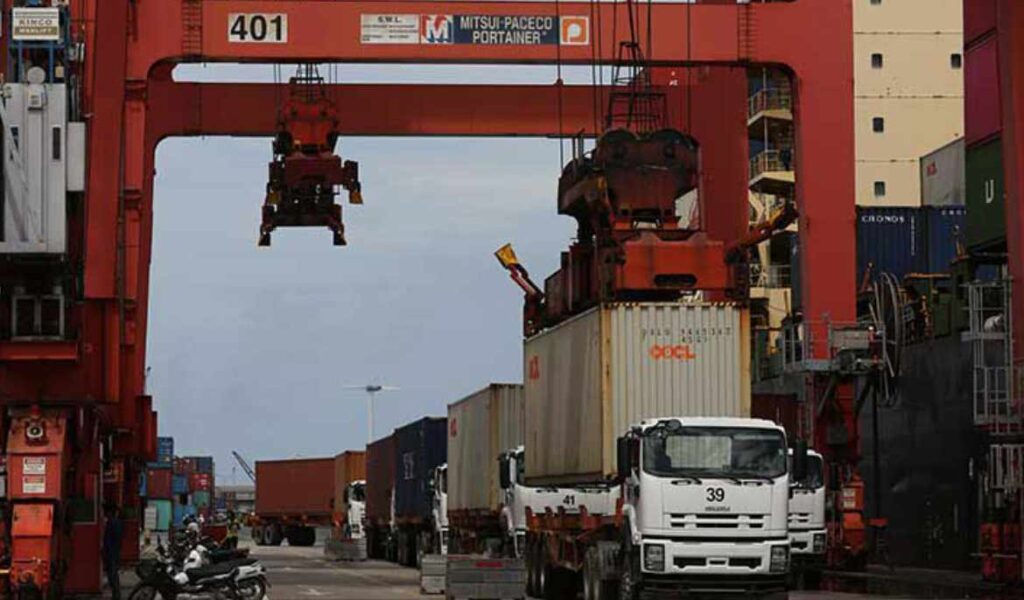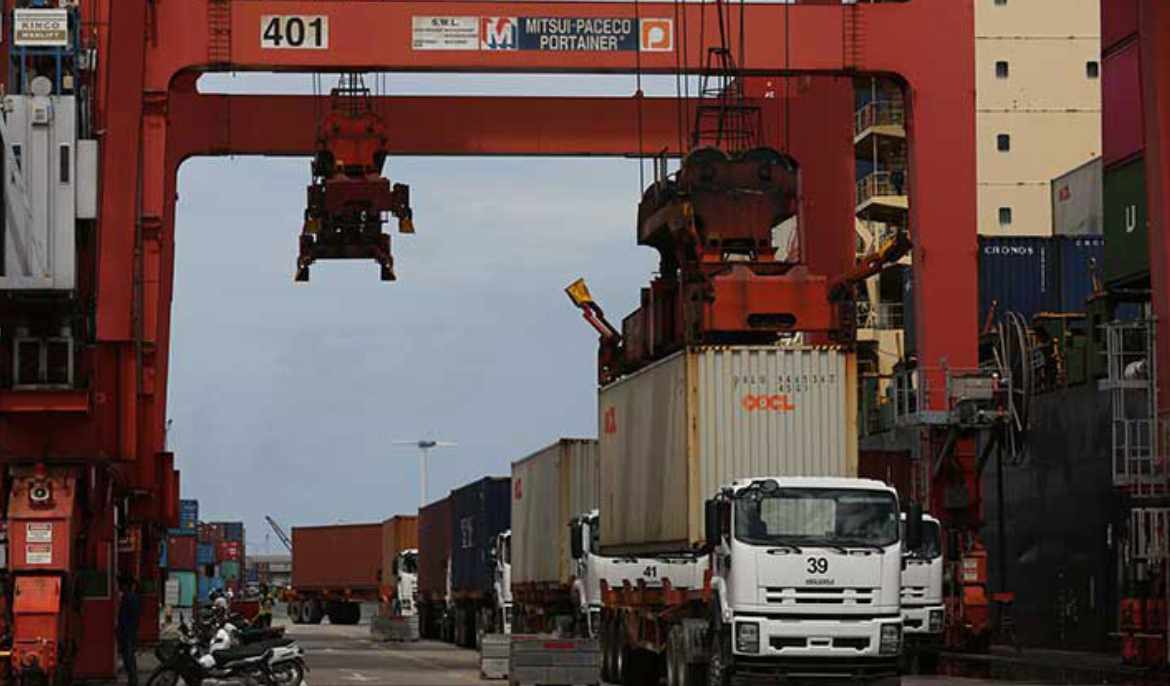Cambodia’s exports to the United States surged to nearly $10 billion from January to December 2024, up 11 percent compared to the previous year, according to a recent report from General Department of Customs and Excise of Cambodia.
The report said that the US is the Kingdom’s largest export destination, followed by Vietnam ($3.6 billion), China ($1.7 billion), Japan ($1.4 billion), Canada ($1.1 billion) and Spain ($1 billion).
Further, the report noted that in 2024 the bilateral trade volume between Cambodia and the US reached $10.18 billion, reflecting an increase of 11.2 percent year-on-year.
Of the total trade volume, Cambodia’s exports accounted for $9.9 billion, an increase of 11.4 percent compared to 2023, read the report.
Meanwhile, imports from the US were valued at $264.14 million, representing an increase of 2.7 percent, it added.
Economist Duch Darin told Khmer Times that key drivers of Cambodia’s export growth to the US include textiles, garments, and footwear, which remain the backbone of the country’s export economy.
In recent years, travel goods, agricultural products, bicycles, and electronics have also gained importance and the diversification of product lines and competitive pricing further reinforce this upward trajectory, said Darin.
“The growth in exports to the US benefits Cambodia’s economy by driving economic expansion, creating jobs, and improving the trade balance. Increased exports boost demand for Cambodian-made goods, strengthening manufacturing sectors such as travel goods, bicycles, and related industries,” he said.
“This growth also attracts foreign investment, enhances infrastructure, and fosters skill development and technology transfer within the workforce. Additionally, it generates higher government revenue through taxes and duties, which can be reinvested in social and economic development programs.”
To sustain and enhance export growth to major markets like the US, Darin said Cambodia should expand beyond textiles and garments by focusing on high-value industries such as electronics, agro-processing, and green products.
“Adopting international certifications and adhering to stringent quality and safety standards is essential to meet global market demands.
“Negotiating favorable trade terms with US counterparts should help maintain competitive advantages as the world faces economic uncertainty,” he said.
Additionally, continuing to improve transport, energy, and port facilities is critical to reducing logistical costs and streamlining exports, Darin said. Continued investments in workforce training are necessary to increase productivity and facilitate the transition to higher-value industries.
“Ongoing promoting economic institutions that support a free-market economy and ease of doing business should further strengthen Cambodia’s position. Finally, continuing to align with global trends by fostering environmentally friendly production processes and sustainable development initiatives would ensure long-term competitiveness and economic resilience,” he said.
Speaking to Khmer Times, Lor Vichet, Vice President of the Cambodia Chinese Commerce Association (CCCA), said that, according to export and import data, the US market remains significant for Cambodia.
Sino-US trade disputes have prompted some Chinese investors to establish factories in Cambodia to export goods to the US, Vichet said, adding that, instability in other regional countries has diverted investment to Cambodia.
“In addition, Cambodia maintains political and economic stability, a key factor in attracting investment. The country has also improved its internal infrastructure to lower transportation costs, contributing to its efforts to attract more investors and stimulate economic growth,” he added.
However, Cambodia currently faces an overload of informal micro and small enterprises that lack economies of scale, advanced technology, and sufficient resources to compete effectively with regional counterparts, said Vichet.
To diversify Cambodia’s export base, a practical strategy to formalize these enterprises should be pursued intensively, he said, adding that, this will enable them to benefit from emerging technologies, foster innovation, and gain improved access to multiple sources of funding.
“At the same time, formalization will allow these enterprises to capitalize on expanded market access provided by Cambodia’s free trade agreements (FTAs) with trading partners like China and the Republic of Korea, as well as regional trade pacts such as the ASEAN FTA and RCEP,” he said.
These efforts will enhance their operational efficiency and economies of scale, leading to the consolidation of resources and the adoption of advanced technologies, he added, as a result, Cambodia’s journey toward export diversification will become more robust and sustainable in the long term.



